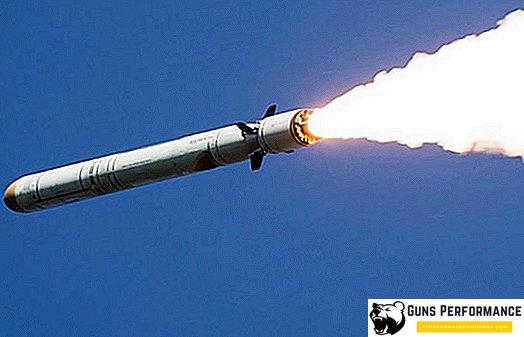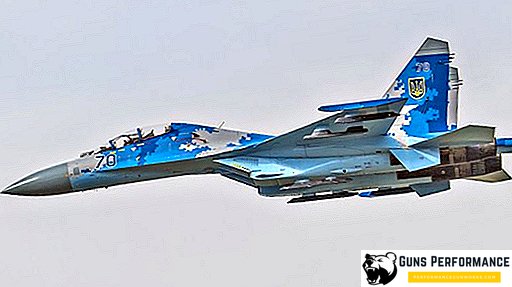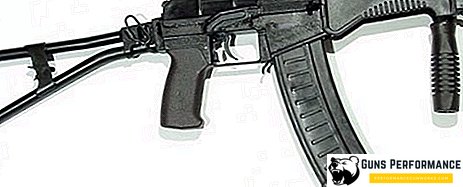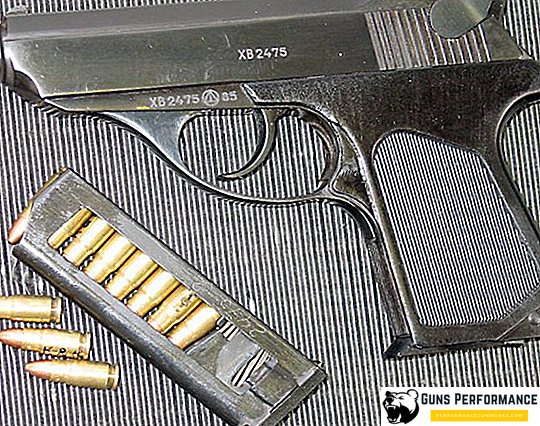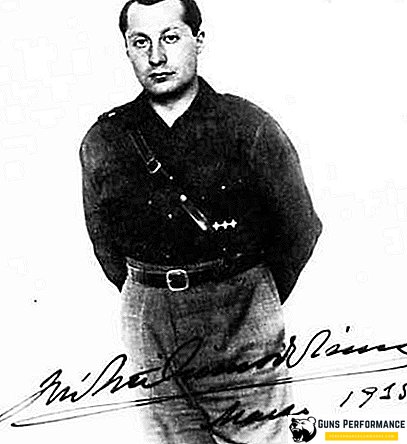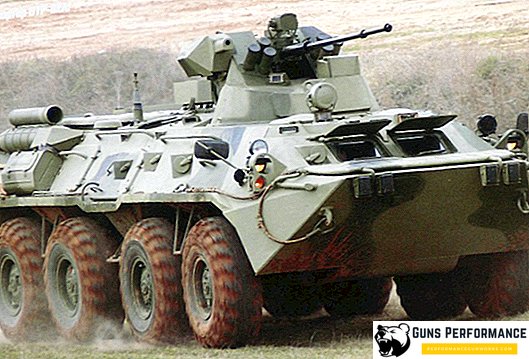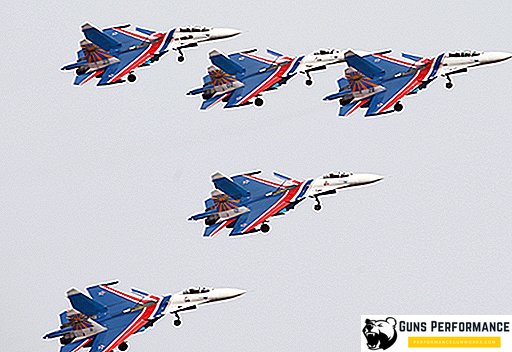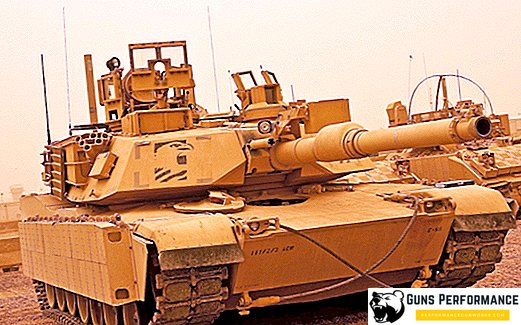It seems that on the project of the fifth-generation Russian fighter, the Su-57, you can safely put a cross. At least, such a conclusion suggests itself after an interview with the Head of the State Duma Commission on the Legal Support of the Russian Military-Industrial Complex Vladimir Gutenev. He told the Interfax news agency that the Su-57 would not be procured in the interests of the Russian Aerospace Forces, but, according to the deputy, “the car has excellent export potential.”
At the same time, Gutenev said that his views on this issue fully coincide with the opinion of Deputy Prime Minister Yuri Borisov, who in the current government oversees the defense complex, and in the past worked as deputy minister of defense.
It should be understood that statements about the "excellent export potential" of the aircraft are rather an attempt to make a good mine with a clearly bad game, because hardly anyone in the world will buy an incomplete fighter that even their own armed forces did not want. But why is the Russian army refusing the newest development of the domestic military-industrial complex, which for many years was served by the Russians, as the national weapon of the future and a worthy response to the American F-22 Raptor and F-35 Lightning II. And why the project, which has already invested huge funds, will not be implemented in full?
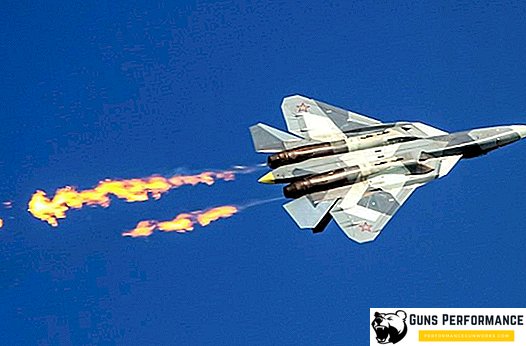
What is wrong with the Su-57?
Yuri Borisov, in general, praises the Su-57, says that the plane showed itself perfectly in the real combat conditions of Syria. But according to the official, Russia already has a fighter in service, which, according to its flight performance, is considered one of the best in the world. This is a Su-35S. This car belongs to the fourth generation (to the "4+", as they like to repeat here), and in its fighting qualities at least not inferior to the American counterparts F-15 and F-16.
But there is a Su-35S and two more important advantages: firstly, this fighter is much cheaper than the “sophisticated” Su-57, and, secondly, it is already in mass production and run-in among the troops.
Of course, the plans for the PAK FA were more than fascinating. Work on this project began in 2001, and by 2010 about 30 billion rubles had been spent on it. This figure was voiced by President Putin himself. How much money the Su-57 “ate” in its nearly twenty-year history can only be guessed.
It was planned that in 2016 a new fighter would begin to enter the troops. In total, until 2020, they expected to purchase 52 cars for the VKS. However, something went wrong. Moreover, the Su-57 is still not ready: its tests continue, although they are in the final stages.
Why did this happen?
In his interview, Gutenev states quite obvious facts: "... for a variety of objective reasons, it was delayed, due to the very dynamic development of technologies - this also applies to electronic warfare systems, and new composite materials, and new opportunities that provide additive technologies in terms of constructive cheaper cars. "
And it is very difficult to argue with the above: the development of fifth-generation machines began in the USSR and the USA at the same time - back in the 80s. Already in 2005, the Americans were able to launch their Raptor F-22 into service. Moreover, he has been out of production for seven years now; now he is being replaced by a multifunctional F-35.
And for the Su-57 the engine of the second stage is still not ready, there are a lot of questions to ensure the low profile of the fighter, as well as the quality of its avionics. The new engine is promised to be created only by 2023-2025, when, probably, the fifth generation of fighters as a whole will already be in the sunset.
It is because of the above circumstances, the Hindus left the Su-57 project. In May of this year, they declared that "Russian avionics, radar and sensors do not meet the standards of the fifth generation aircraft." At the same time in the Indian edition of the Hindustan Times appeared material, which states that the command of the Indian Air Force does not see the prospects of the Su-57. Its only advantage over the American counterparts F-22 and F-35 was called high maneuverability ...
And finally. Gutenev proposes not to spend money and energy on the further development of the fifth generation fighter, but to immediately move on to the sixth. I do not even know what to say about this: can it be better right away to the seventh?


